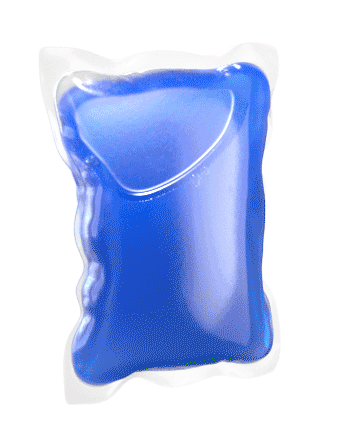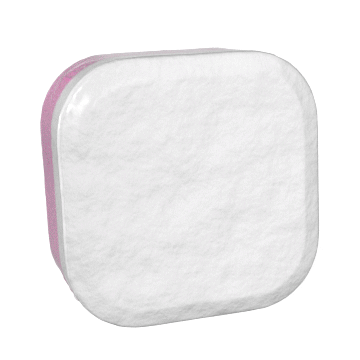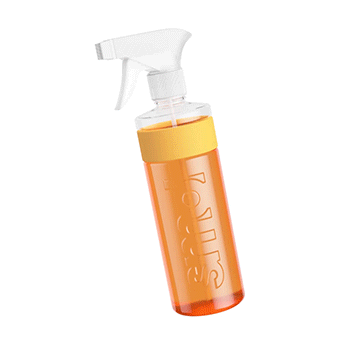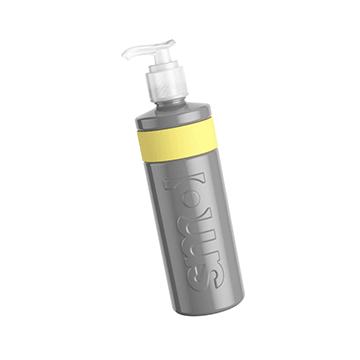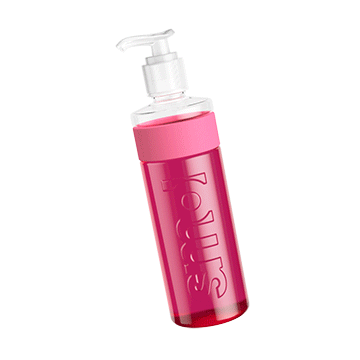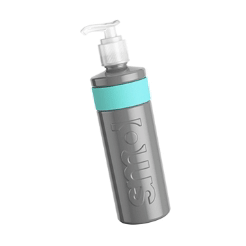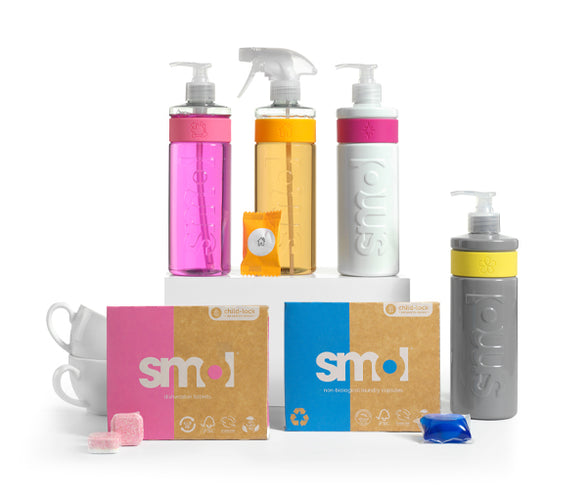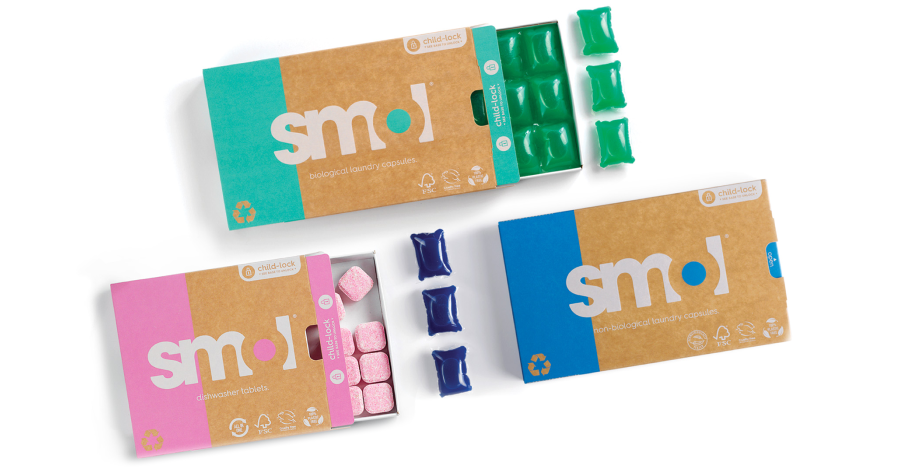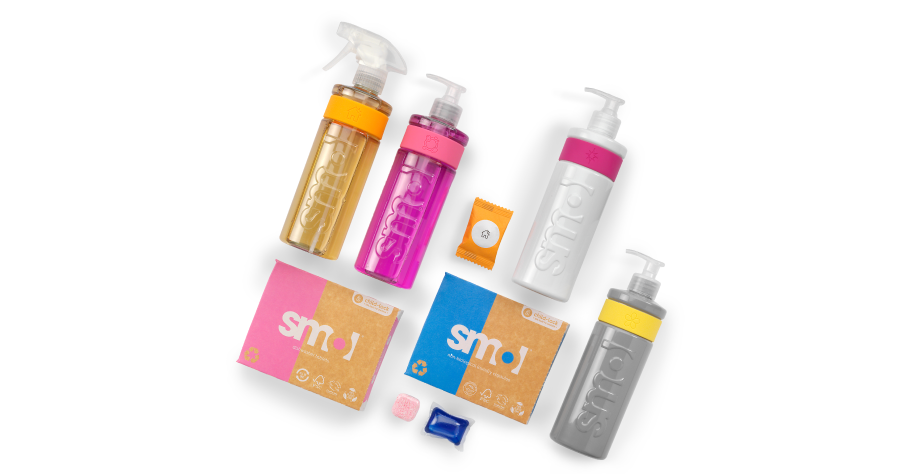Dishwashers are an essential workhorse for many of us, a true hero in our kitchens. We tip our hats to Josephine Cochrane who invented the first one back in 1893. A true female pioneer. We wonder what she would make of most modern day machines and also… whether she pre rinsed her dishes…
Loading your dishwasher correctly ensures it is going to work effectively. Overfilling or stacking items in the wrong place and at the wrong angle, can lead to poor results and items still covered in water.
So, if you’ve ever found a nasty gritty residue coating your glasses, ever turned over a bowl to find yesterday’s cereal still there, ever lifted a mug to see a tea stain waiting within… check out our best life hacks on residue-free, first-time-clean results and you too can be a master in the art of the dishwasher.
No need to rinse!

First things first. Don’t rinse your dirty plates in the sink; it’s a real waste of water.
Instead, just scrape any food solids into the bin and load your items straight into the machine. Dishwashers are going to assess your wash.. they have something called inbuilt turbidity sensors. These measure how much dirt is in the water on the first rinse. If you’ve already rinsed your items it can fool the sensors into thinking your load is cleaner than it actually is. The dishwasher won’t wash as intensely and your crockery could come out dirtier.
PLUS the enzymes in your detergent actually work by binding to food debris and dissolving it — if there’s not much food debris to bind to, they can’t clean to their best ability.
So the experts agree… the food filter is there for a reason and that is to catch the remaining solids and dirt from your washing up. Just make sure to remove and clean it once a month and you’ll be grand.
And enough with the pre-wash.
It’s just not necessary if you plan on washing your dishes straightaway. Most main dishwasher programs include a rinse cycle at the start which will get rid of any leftover dirt and food.
The only real reason you might want to occasionally opt for a pre-wash is if you are leaving items in your dishwasher for quite a few days before you clean with a full cycle. That way you aren’t leaving plates with food sitting in the machine for days until the next wash.
Cutlery up or cutlery down?

It’s a question to divide the house.
If you’re working with a cutlery basket on the bottom rack we recommend placing forks and spoons handle down BUT ALWAYS place knives blade down for safety reasons. The mix of some cutlery handle up and some handle down makes it easier for the water to reach all areas and the same is true for mixing up cutlery types.
So when it comes to cutlery in baskets, the message is to mix it up but try to ensure there are no items protruding through the bottom of the basket as this will block the pathway of the spinning spray arm. This can mean dirty dishes.
If you have a cutlery tray however, you can safely ignore the mix it up motto. But do be sure to stack knives with their cutting edges facing down.
Cutlery types can be grouped together if you find that helps with the putting away afterwards but should the handles face into the middle or out towards the edges? Most trays are shaped so as to secure handles in one direction so it’s worth checking your machine manual to be sure.
You might like to spread out the most dirty items of cutlery so they are not all in the same area of the tray and laying spoons and ladles at an angle will also prevent water marks.
What to put in the top rack of your dishwasher
Most machine manufacturers list detailed stacking instructions in the manual so it’s always a good idea to refer to this. The top cleaning arm that spins and side water jets higher up in the machine are not as powerful as those below. This is why we should place cleaner items like glassware towards the top.
Cups, glasses, and smaller bowls are best placed on the top rack of the dishwasher. They should be put face down on the racks as anything sitting sideways will collect water inside and stay wet after the drying cycle has finished.
And try not to stack dishes on top of one another. It blocks the upper parts of the dishes from being sprayed with water from below, and they just will not be cleaned properly.
Any longer kitchen utensils like slotted spoons, spatulas and ladles are also best cleaned when loaded at the side of the upper rack.
If you are including any dishwasher-safe plastics they need to also sit on the top rack away from any heat sources below.
Bottom rack
The most powerful jets in a dishwasher are found towards the bottom of your machine, so stack the dirtier pots, pans and plates on the lower shelf and make sure pots, pans and large bowls are always positioned face down.
If you have dishwasher-safe chopping boards or larger serving dishes you should place them at the back of the bottom rack and also along the sides. This allows the water to flow freely and reach all areas of the machine.
General best practice for top AND bottom
- Overfilling, placing items on the wrong rack and putting them at the wrong angle can all give poor results.
- Protein-based food residue like egg yolk cleans better once it’s been hydrated. This happens mostly in the high alkaline conditions at the start of the cycle so place these items in the outer areas of the machine where the detergent can have more time to act and the water doesn’t simply wash the detergent off.
- Carbohydrate-based food residue like tomato sauce needs less access to the detergent but more exposure to the full force water jets found towards the bottom and centre of the machine.
- And remember those rotating spray arms need the freedom to spin at all times. A wooden spoon dangling from the top rack or an oversized serving plate reaching up too high on the bottom rack has been the undoing of many a cycle.
And your delicate dishes?
Unfortunately, you can’t just put everything in the dishwasher.
Anything antique, fragile, handmade or hand-painted should probably NOT go through a dishwasher cycle. Wood, certain metals like copper, cast-iron and pewter, bone handled cutlery and non-stick pans or trays are all best left out and hand washed.
And if you include anything that’s laminated you will run the risk of it warping and peeling. Items that are glued can come unstuck (we see this especially with old fashioned bone handled items); expensive chefs’ knives will rust and dull; and finally, don’t put lead crystal glasses in a dishwasher as the lead can activate and leach out.

Fully loaded
If you’ve followed the advice above it just remains to make sure you’re only running your machine when it’s full each time.
A full dishwasher leads to the best water and energy consumption for your household and you can find out more about this on our blog discussing eco friendly dishwasher use.
A full dishwasher also dries better than a half-full dishwasher. This is because the dishwasher dries by using the final rinse cycle to build up the heat in your plates. The heat allows the water to evaporate. The more plates the more heat… and therefore the more drying potential.
Try out our smol dishwash tablets here with a free trial.
